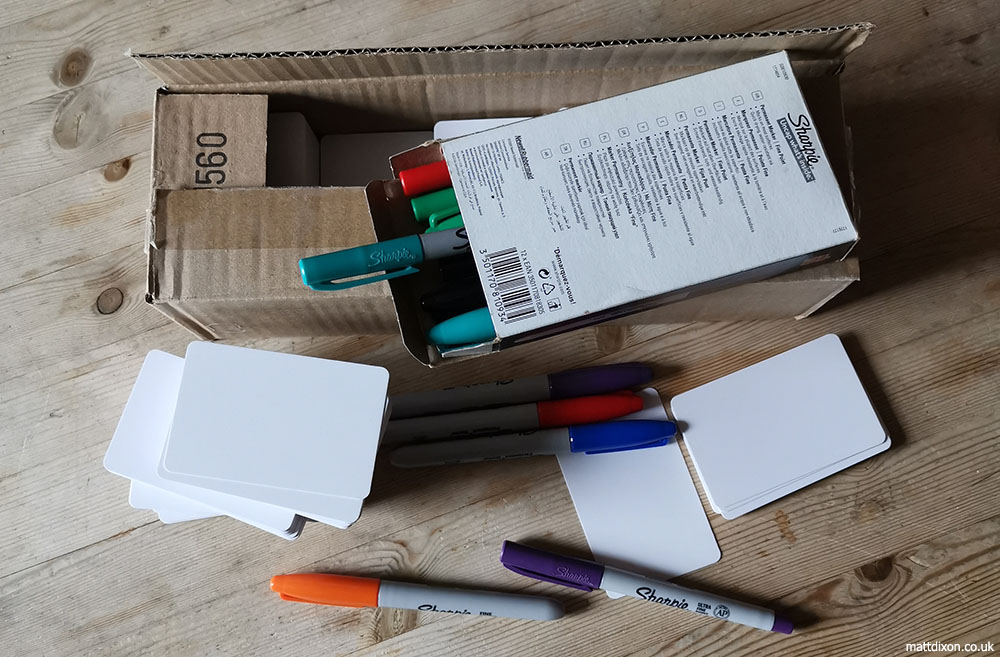The name was silly and had a general fantasy feel which I liked but it didn’t provide much information about the game. The logo would need to communicate more of the flavour and theme of Astrogarth’s Moggin to potential players.
You can see some of my first ideas in the previous blog post. I started by taking simple dungeon related objects; weapons, blocks of stone, items of treasure and just wrote the name on them to see how that worked. I liked the simple silhouette this approach gave but I quickly realised that it didn’t match with the art style I had in mind. From there, I tried to give the type some personality, exploring heraldic elements and illuminated lettering, and by forming the letters from monster parts or metal. This seemed to work so I began to develop the idea further.
Metal concept
Metal seemed a good choice for the logo. A rusty texture with angular shapes could hint at weapons, armour or dungeon traps. Shiny golden text perhaps studded with jewels would let people know the game involved treasure. I found it difficult to decide which would work best but eventually realised that I didn’t have to choose. If I used a different material for each word, I could communicate twice as much.
Monster concept
Taking that idea further, perhaps I could communicate even more if I chose a different material for one of the words? I tried forming part of the logo from monster parts. I liked this, but I felt there was too much contrast between the squishy shapes of the monstrous parts and the hard edges of the golden text and I really liked using weapons as letters in the all metal version so I pushed ahead with that concept.
Metal logo rough
Working up a more polished version of the logo, I decided to try a different font for ‘Moggin’. There was a particular typeface that I remembered fondly from childhood, specifically it was used as the title font for Ralph Bakshi’s 1978 ‘Lord of the Rings’ movie. To me, this is the ultimate fantasy font, so I felt I had to try it out as part of the logo. I love that font but sadly it wasn’t chunky enough, so I went back to the original type.
Metal logo final
Everything seemed decided, so I produced a final rendering of the logo. It was colourful, chunky, clearly told the viewer that the game involved weapons, treasure and possibly spiky things. I had my logo.
Or so I thought. Fast forward just over a year. The game was now in a more complete state and I was beginning to put together final card designs, think about promoting the finished product and putting the website together. Once I began placing the logo onto web sized images and the card backs, I knew it would have to change.
Logo silhouette
The rendered logo was just too detailed. I found the only way to make the logo work at small sizes, or against other detailed images was to go single colour and use it in silhouette. I’d designed the logo with that in mind thinking it might be necessary to drop back to a single colour version in certain circumstances, but it was becoming clear that those circumstances were most circumstances. Fiddlesticks.
All was not lost, however! I still liked the shape of the logo and the horned helmet, sword and axe elements continued to come across even in silhouette. It worked. I’d just lost the communication that came from the metal textures.
Crest logo rough
The solution was simple. Keep the silhouette, knowing that would be how the logo would appear in most cases, and add an additional element that could sit behind the logo when a more graphic logo would work. This gave me more freedom than trying to integrate elements into the logo text and I quickly understood this was a better solution than the original concept. It gave me the option of dressing things up while keeping the appearance of the logo consistent. Returning to the original logo ideas, I settled on a heraldic theme and developed a simple coat of arms with an axe, wand and crown to hint at the game’s combat, magic and treasures.
This was not the only time practical considerations caused a change of design during the development of Astrogarth’s Moggin.
Crest logo final















